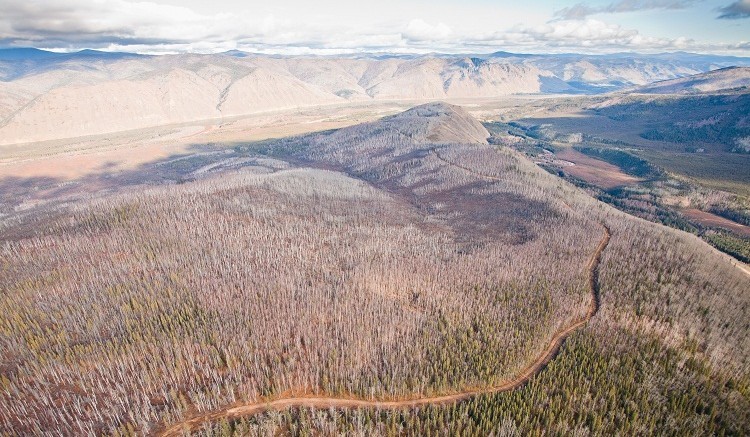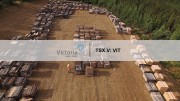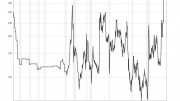VANCOUVER — The winds of legislative change out of Ottawa are shifting regulatory expectations for natural resource development across Canada, and the Yukon government is feeling the impact.
The Trudeau Liberals have expressed a desire to rejuvenate Canadians’ “trust in the regulatory process,” which so far has equated to an overt dedication to stomping out any remnants of the Harper Conservatives’ various attempts to streamline reviews for everything from pipelines to mining projects.
Trudeau is apparently big on “consultations,” and the federal government recently unveiled plans to “modernize” the regulatory process, which has begun with a widespread review that could impact the National Energy Board and the Canadian Environmental Assessment Agency.
For Yukon Premier Darrell Pasloski, this creates a bit of a problem because the federal government has torpedoed the contentious Bill S-6 amendment to the Yukon Environmental and Socio-economic Assessment Act (YESAA) put forward by the pro-development Conservatives. Minister of Indigenous and Northern Affairs, Carolyn Bennett, indicated the changes are not “fair and appropriate” to stakeholders and First Nations.
Now, it isn’t a total disaster for Yukon natural resources since the Trudeau Liberals are essentially taking YESAA back a step, and eliminating four key proposals that triggered a petition in the Yukon Supreme Court last year to have the legislation struck down.
The prickly situation for Pasloski and the Yukon Party is that they actually endorsed Bill S-6 under a pro-development and pro-investment mandate, and are now forced to pull an about-face and position the piece of legislation as a “federal” matter. So let’s throw it back on the Harper government, essentially.
The major issues for certain First Nations and communities in the territory included: time limits on the review process; exempting a project from reassessment unless there has been a significant change; the ability for the federal minister to provide binding policy direction; and the ability to delegate the federal minister’s powers to the territorial government.
The territorial government is also embroiled in a Supreme Court of Canada battle with the Vuntut Gwitchin, Tr’ondëk Hwëch’in and Nacho Nyak Dun First Nations over land-use planning in the Peel River watershed.
The Yukon Party is attempting to open up 70% of the nearly 70,000 sq. km of Yukon wilderness to natural resource development. Canada’s top court is expected to hear the case next year, and determine just how far back into the consultation process the Yukon government must go with regional stakeholders.
The prohibition on mineral staking and oil and gas development in the Peel watershed remains in place until Jan. 1, 2018.
The ongoing political theatre has not dissuaded recent major investment in the territory, however, with Goldcorp moving to acquire Kaminak Gold and its multimillion-ounce Coffee deposit for $500 million earlier this year.
But the shifting policy landscape does underline how natural resource companies are going to have to heed their project address at least as much as its mineral or economic value.
For example, the Nunavut Impact Review Board (NIRB) recently shocked Sabina Gold & Silver with a recommendation against development of the promising Back River gold property, 400 km southwest of the community of Cambridge Bay.
There wasn’t anything unusual about the mine plan, but the project happened to be near hypothetical calving and post-calving ranges of the dwindling Bathurst caribou herd. Sabina also hadn’t considered the impact of global warming in its closure plan. The company’s stock subsequently tanked.
Meanwhile, Agnico Eagle Mines has had no such problems at its Meadowbank gold mine, and TMAC Resources recently received NIRB approval for developing its Doris North project in the Kitikmeot region, 125 km southwest of Cambridge Bay and east of the Bathurst Inlet.
With Environment Minister Catherine McKenna recently pledging tougher environmental rules by next year, we can expect permit timelines growing longer and political risk heavier across the country, which would likely equate to more situations like Sabina and Bill S-6, and less of TMAC. So make sure to check the GPS coordinates on that mineral deposit, because it’s going to be all about location.





Adios Canadian miners and mining properties. Better start looking in the USA for mining properties while the looking is good. One thing consistent with left wingers is they don’t like having real jobs for their citizens it seems. Good luck.